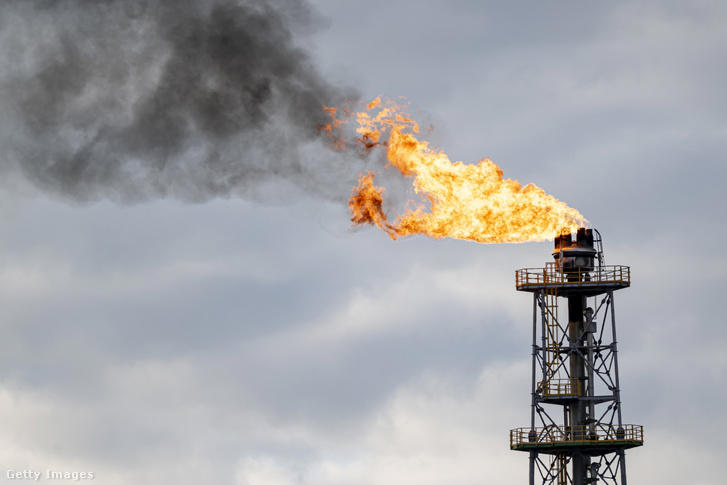
A register of the workers on the site where Jean Paul Sofia lost his life was never kept, a magisterial inquiry report says.
The magisterial inquiry was published today by the Office of the Prime Minister.
It seems that during the construction process, there were several workers who were involved in the work. In accordance to testimony, it was difficult to identify who did what, thus there was also difficulty in allocating responsibility.
Moreover, on the day of the collapse, it was not clear who was on the site, and who was not – a register of workers on the site was never kept.
Sofia’s role was also never clear as footage revealed how he was transporting a van loaded with material to dump in a skip, after which he was seen taking photos of workers from the roof of the now collapsed building.
“It is fundamental for the safety and health of people, including workers, that on any construction site, there is full control of who enters the site, and that there is someone who knows exactly who is working,” the report says.
It further adds that in accordance with law, it is the responsibility of the owner to ensure there is no unauthorised access.
Of those who were injured after the collapse, Lulzim Carku was the oldest, and testified that he had 20 years’ experience in construction together with a training course in his country. Despite this he said that he had also done another course in Malta but could not identify the building in which his course took place. Moreover inquiry could not conclude whether this course was a licensed one.
Gentian Carku, another worker, had no qualifications or construction training, other than working on the wall of the factory at Ta Kordin.
The workers are all registered as being carpenters, the report says, exposing more “confusion and manoeuvring”.
From the testimony of the workers, it appears that Matthew Schembri was the one who gave job instructions. Moreover, from the same evidence, the workers said that “they never saw a woman on site”, indicating that architect Adriana Zammit was never present when they were on site.
In other observations, the court was told that the knowhow of the workers hired to conduct the work was lacking, and was not properly organised and nor was there any type of control by any authority, to ensure that the workers were sufficiently knowledgeable and trained to perform the work entrusted to them. John Muscat, who was indicated as a licensed mason, denied that he had signed his consent to taking control of the site. The investigation showed that the signature wasn’t even his, and that it was falsified by someone.












